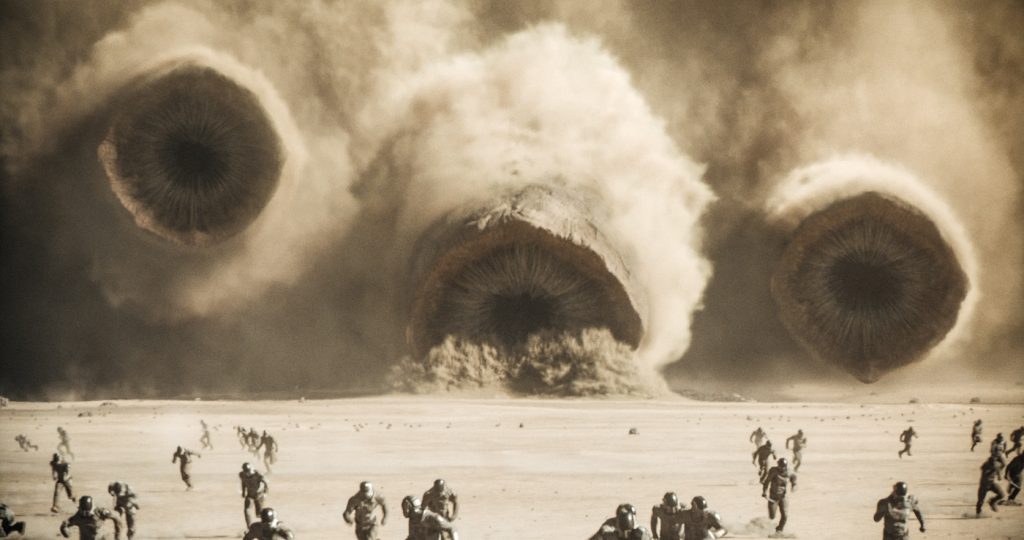“Dune: Part Two” Cinematographer Greig Fraser on Finding Clarity in Chaos
In part one of our interview with Dune: Part Two cinematographer Greig Fraser, the Oscar-winner took us on a trip to the planet of Giedi Prime, home to the vampiric Harkonnen clan, to reveal how he captured that bloodless light during Feyd-Rautha (Austin Butler)’s gladiator scene, those inky blacks during Feyd’s fateful meeting with Lady Margot, and how the surprising inspiration for those “anti-fireworks” after Feyd’s victory.
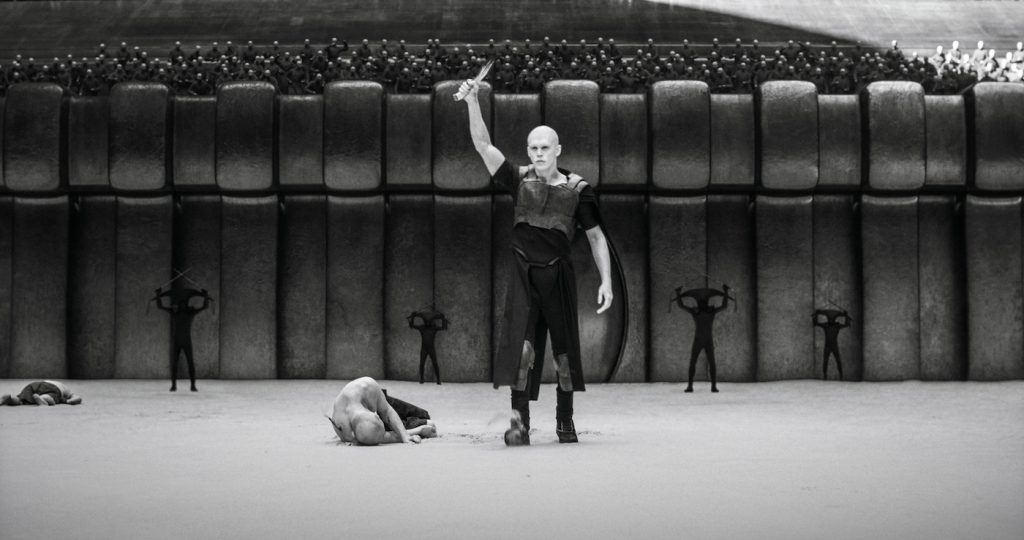

Now we turn to Fraser’s method for filming action sequences, something Part Two delivers in astonishing variety and vividness, yet with a spatial coherence and clarity that has become his hallmark.
Fraser’s gift for the arresting action set piece is there right from the start of the film, in a balletically shot firefight between the Fremen and Harkonnen soldiers. A Harkonnen troop carrier drops off a platoon of soldiers in their heavy, Arrakis-proof suits designed to keep the pale killers alive in the desert planet’s harsh environment. The Fremen have other ideas. The native inhabitants of the planet deploy one of their most trusted weapons—a thumper—the percussive device that calls the planet’s legendary, lethal sandworms from below to devour everything within the thumper’s radius. Although the Harkonnen soldiers find and destroy the thumper, the Fremen emerge from the sand itself and attack. It plays, initially, like a classic ambush scene, but that’s when things get really interesting.
“I feel like part of my job is I’m acting as the audience’s subconscious,” Fraser says when asked about his approach to action sequences. “Denis and I would often refer to our mothers, and ask, would our mothers understand this? What we meant is, would somebody who did not study film but who likes what they like without understanding exactly why understand this sequence? So visually, on every shot of the film, I tried to make the shots as simple as possible.”
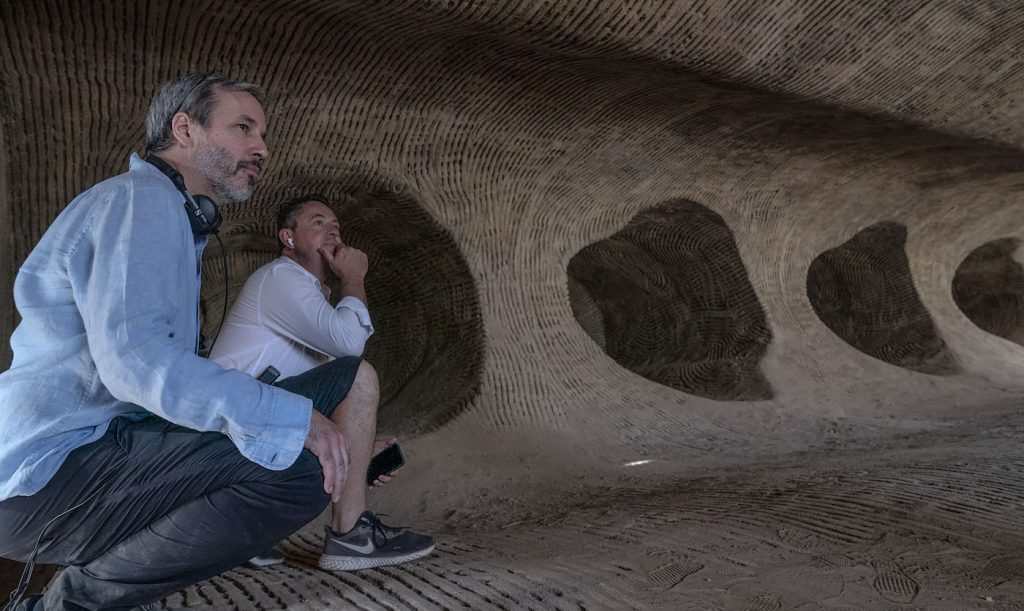

Simplicity might be the core of Fraser’s approach, but his sequences often touch the sublime. This is the case when the Harkonnen soldiers escape the Fremen ambush by floating up to the top of a rock outcropping in a paradoxically gentle maneuver, almost a dark sibling to the fizzy lifting drink scene in Charlie and the Chocolate Factory. Their escape is short-lived, however—they’re sighted by Fremen snipers and dispatched, their bodies sucked dry of moisture by Stilgar (Javier Bardem) and his soldiers. Lady Jessica (Rebecca Ferguson) retches at the sight; the entire scene, however, is a thing of beauty.
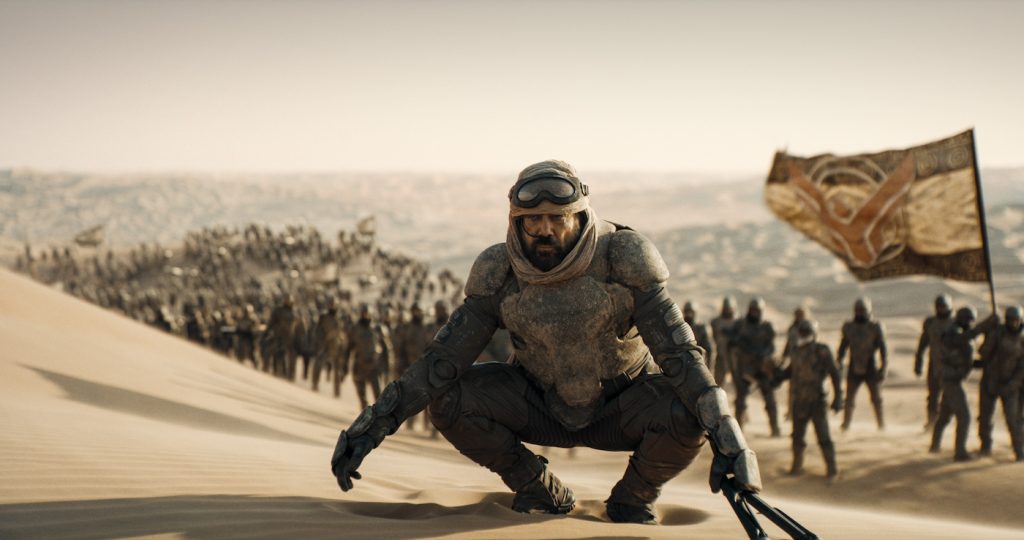

“It was such a complicated story, and those action set pieces were very complex,” Fraser continues. “I mean, riding a sandworm is very complex—so I tried to make sure that we were telling the story as concisely as possible, which allowed Denis and Joe [Walker], our editor, to hold on shots as long as possible. So I think the trick, for me, is simplicity. Every shot needed to be as clear as possible. To not confuse the audience with too much handheld or too much messiness, but to keep things sharp and clear.”
Fraser brings an equally arresting simplicity to the many group shots that populate Part Two, as Paul (Timothée Chalamet) navigates his evolving relationship with Chani (Zendaya) and the Fremen, half or more of whom, led by Stilgar, believe he’s the savior prophesied to led the Fremen against their oppressors, a myth embedded deep within Fremen culture by the Bene Gesserit, the mysterious sisterhood who pulls the levers behind many of the galaxy’s power players and of which his own mother Jessica is a part. There are many scenes in which a half dozen characters of import—whether it’s Paul, Chani, Stilgar, and Lady Jessica in the earlier parts of the movie, or Feyd-Rautha (Austin Butler), Baron Harkonnen (Stellan Skarsgård), Beast Rabban (Dave Bautista), and more on Giedi Prime—are in a single frame, with disparate motives. Yet the images are always precise, the framing, at least to this viewer, suggesting a “Last Supper” tableaux in which every individual is in perfect visual and narrative harmony.
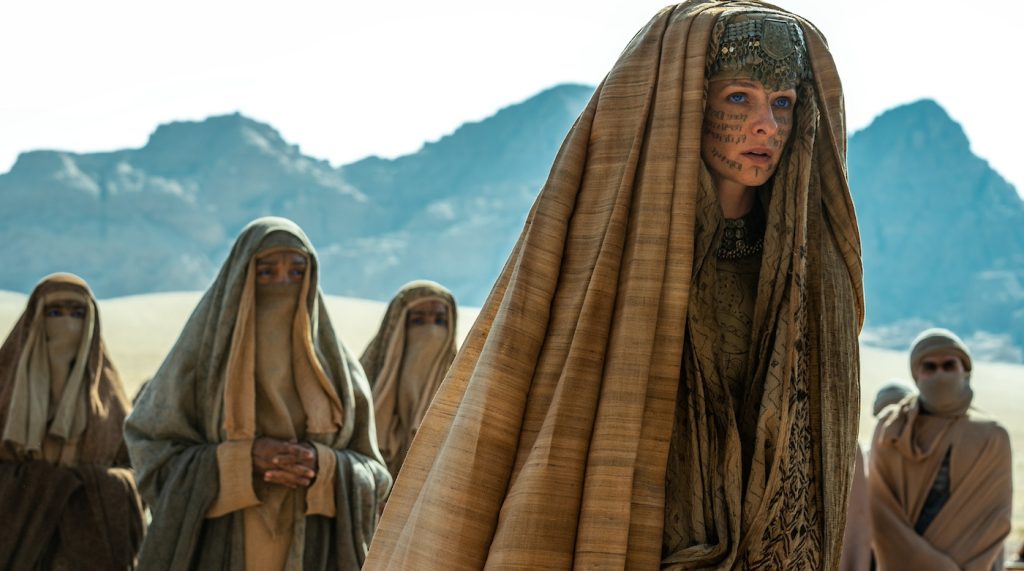

“I think it goes back to knowing that if you look at an image fast you need to understand what’s going on there,” Fraser says. “There are thousands of shots in these movies, and you need to understand as fast as possible what’s happening so part of your brain can turn to listening to the dialogue or understanding the plot point. So every time there was a group shot or a complicated shot, I looked as deeply as I could to clarify it and make it as simple as possible, either through lensing or depth of field or lighting.”
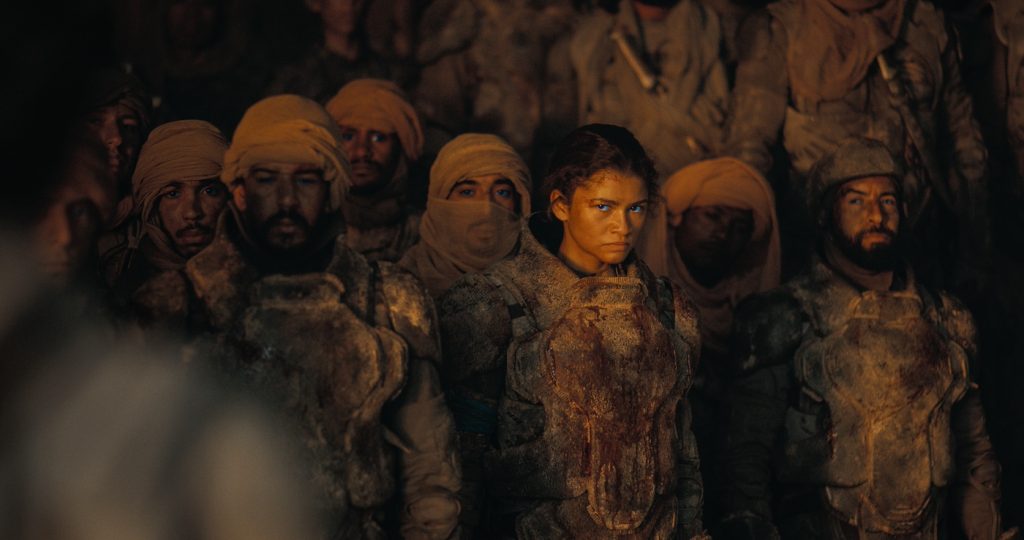

Fraser says his approach to filmmaking is rooted in a deep sensitivity to visual noise, a preference he takes into his personal life.
“Maybe that’s a result of being a cinematographer and having created thousands of images,” he says. “I’m very sensitive to visual noise and clutter, so I will always try to declutter my space, be it my house or be it my frame.”
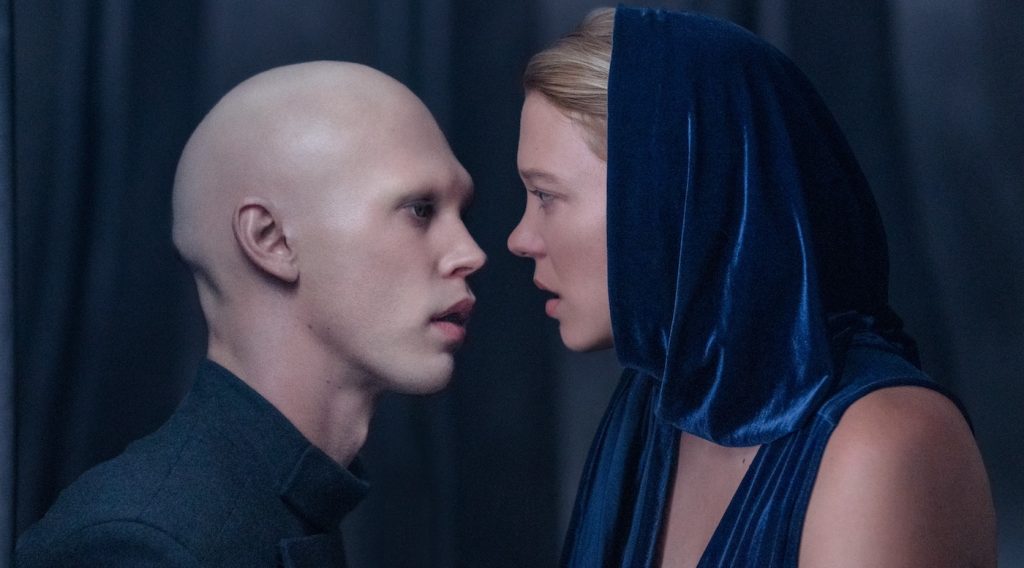

If simplicity and spare beauty are two of Fraser’s guiding principles, he was also well aware of how one of Part Two’s main emotional themes would affect his visual approach—suspicion. While Part One tracked Paul’s journey from a twiggy princeling to an increasingly resilient and vengeful survivor by the film’s end, Part Two finds a more commanding Paul wrestling with his suspicions of his own fate, his mother’s meddling in Fremen affairs, and what he should he do with his growing power. Many of the non-believing Fremen, including Chani, are suspicious of the entire idea of a non-Fremen savior, while elsewhere in the galaxy, internecine battles within House Harkonnen, between House Harkonnen and Emperor Shaddam IV (Christopher Walken), and between the chief weaponizers of suspicion itself, the Bene Gesserit, seed every moment with danger and duplicity.
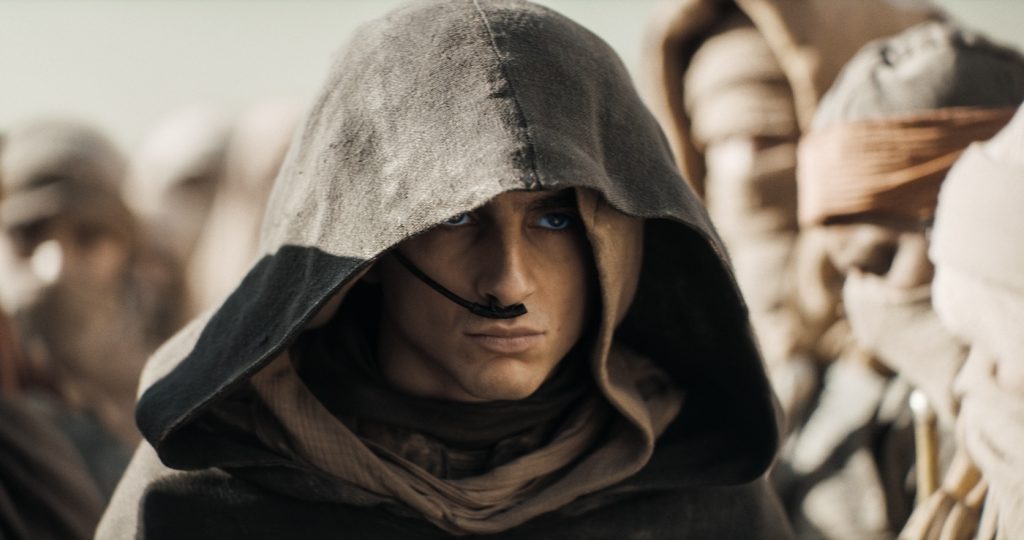

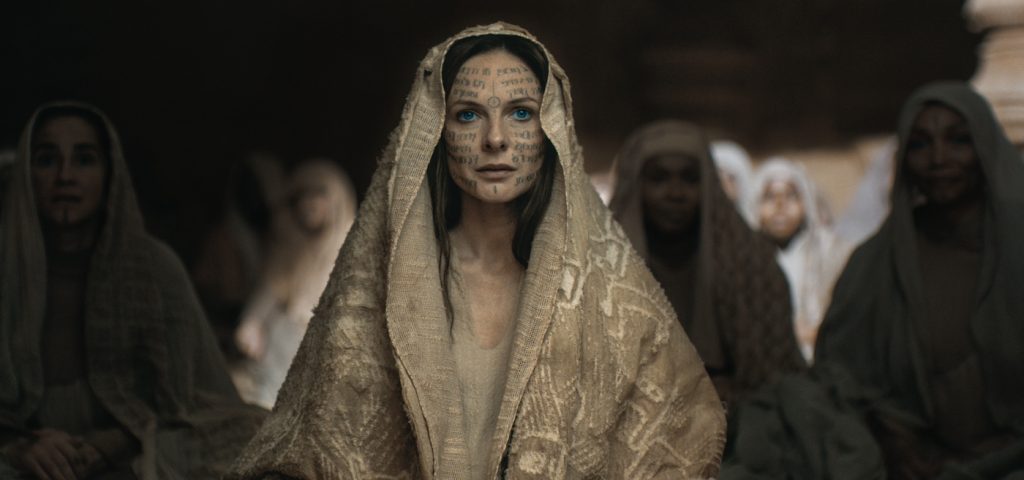

“It’s very much something we think about,” Fraser says of the prevailing mood of whispery unease. “It’s all lens choices and what it does to you emotionally. The difference between a 50-millimeter and a 75 or 85 millimeter, it’s absolutely instinctual, I’ll give you that. There are no rules, rhymes, or reasons scientifically why I can tell you certain things feel a certain way, but Part Two needed to be exactly what you’re talking about, everyone being suspicious of each other, so we went with slightly longer lenses than what we were working with on Part One, working more in the 75, 85, 135 range. And I think those lens choices help add to that feeling of suspicion. That feeling is exactly the intent.”
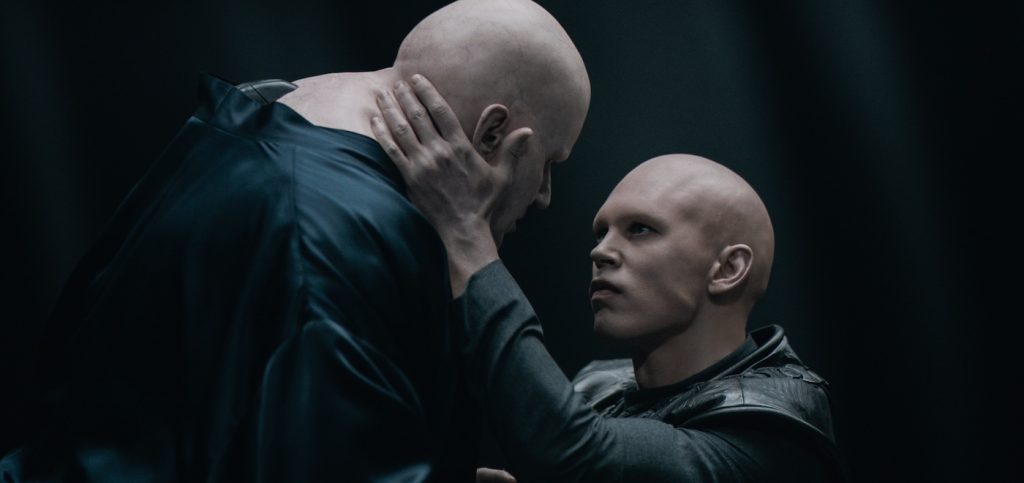

Fraser’s lens choices changed significantly for Part Two for another crucial reason: in order to evolve with Paul’s maturation from princeling to revolutionary.
“In Part One, we used anamorphic lenses for a lot of the scenes not based on Arrakis. The reason for that was because we wanted a simple delineation between inside and outside, between Paul’s life before Arrakis and Paul’s life after, once he’s in the desert,” Fraser says. “So whenever we were in the desert or outside, we effectively chose to shoot on spherical lenses as opposed to anamorphic lenses. Now, in Part Two, we’d moved on from that part of Paul’s journey, so we decided to only shoot on spherical lenses. Different DPs can opine about their belief on what it does psychologically, but for us, it felt a little more immediate to shoot spherically. It felt a little more present.”
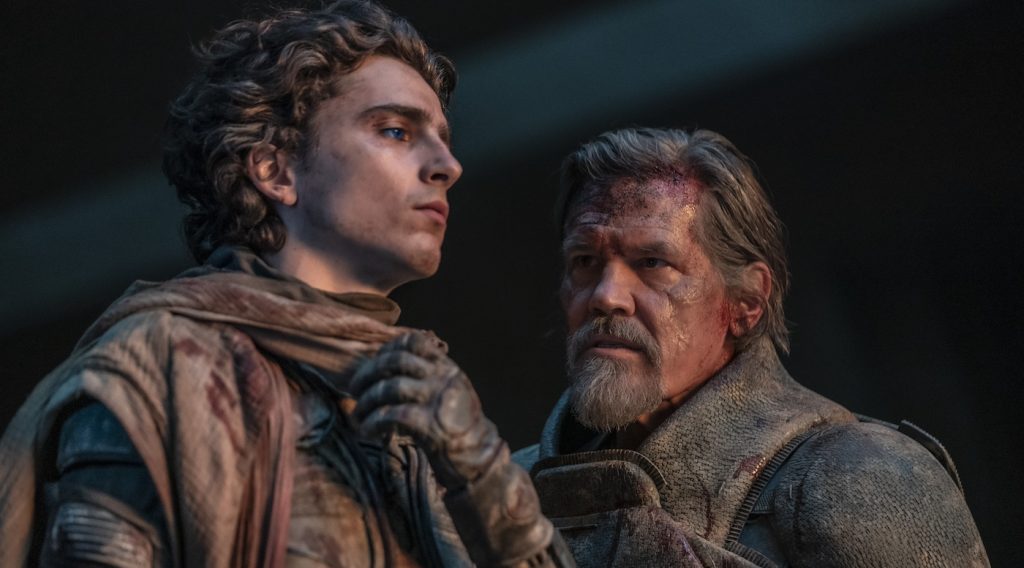

What also helped ground the viewer in the present was the fact that much of Dune has been shot on location, including in the Arabian desert in Abu Dhabi’s Liwa Oasis, where a big chunk of the landscape for Arrakis was filmed. Filming in this gorgeous, raw, ruthless environment gave Fraser, the cast, and the crew a deeper sense of the beauty and terror the Fremen’s home planet was meant to capture for the viewer.
“The desert can be stunning and beautiful and welcoming and warm—not in a temperature way, but in an inspiring way—but it can also be terrifying,” Fraser says. “Especially in the middle of the day. As a human, you know if you got stuck out there, you’d be in trouble. So psychologically, when you’re out there, even with your crew and your backup support, it’s still terrifying.”
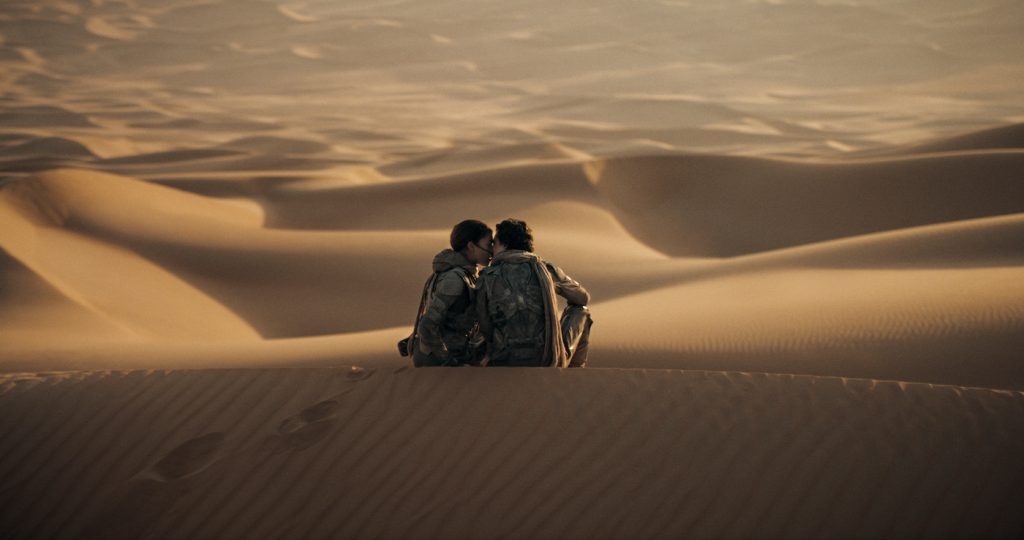

Looking back on what they were trying to achieve out there in the desert, Fraser recalled a line from Part One.
“There’s a difference in how the desert feels in the middle of the day versus the end of the day. It’s like what Chani says at the end of Part One, that the desert is so beautiful when the sun is low,” Fraser says. “We needed to make sure when we were in the heat of the battle—that we were doing it in the middle of the day. The reality was we were shooting this in the winter, in October and November, which meant the sun was quite low. Most DPs would pay money to have a low sun when they were shooting, but for us, we had to tackle it when the sun was at its highest point for that exact reason: to give it that sense of foreboding. We had to pick our battles when it came to shooting in the desert because it has multiple personalities.”
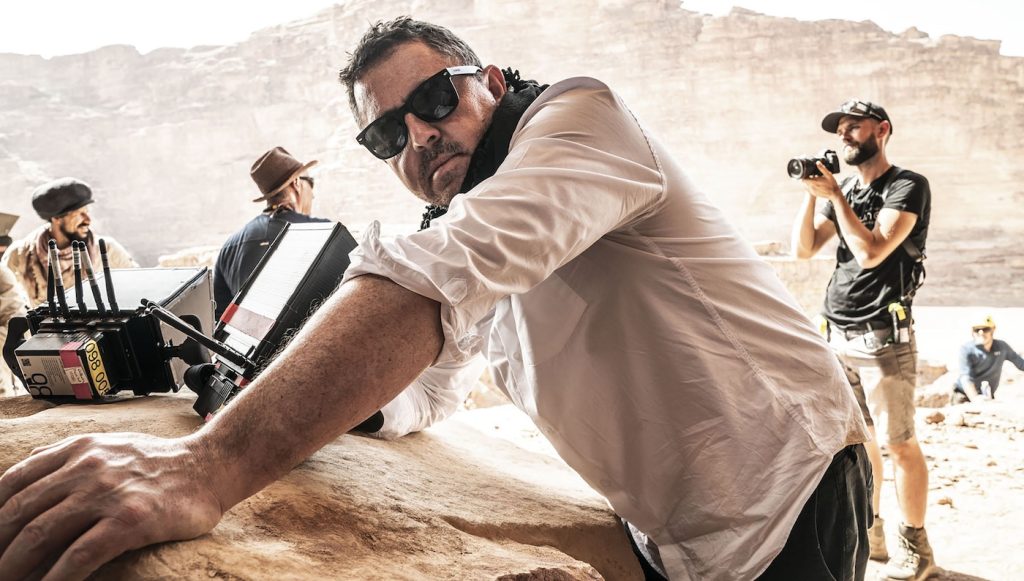

Multiple personalities would be a decent way to describe Paul during his bloody, brutal journey across the two films (and into a possible third) thus far. A prince, a prophet, a revolutionary, an agent of chaos, a potential tyrant. Paul might not be completely clear on what, exactly, his future holds, but Greig Fraser is.
For more on Dune: Part Two, check out these stories:
“Dune: Part Two” Costume Designer Jacqueline West on Creating a Goth Rock God in Feyd-Rautha
Unveiling the Bene Gesserit’s Secrets With “Dune: Part Two” Costume Designer Jacqueline West
Architect of Arrakis: “Dune: Part Two” Editor Joe Walker on Forging a Ferocious Masterpiece
Featured image: Caption: A scene from Warner Bros. Pictures and Legendary Pictures’ action adventure “DUNE: PART TWO,” a Warner Bros. Pictures release. Photo Credit: Courtesy Warner Bros. Pictures



